PASSIVATION – GLOSS PRESERVATION IN HOT-DIP GALVANIZING
Passivation significantly slows the chemical reaction of zinc with substances in the environment. Passivation layers therefore improve the corrosion behaviour of the zinc coating. In practice, white rust can only become a problem in the case of freshly galvanized parts, as no protective topcoats have formed yet. Seasonal effects also play a role due to the fact that moisture plays a major part. White rust develops more frequently in the autumn and winter, due to frequent rainfall, fog and temperatures falling below dew point, encouraging the formation of white rust.
BETTER THAN PACKAGING – PASSIVATION AND PASSIVATE
Stacking freshly hot-dip galvanized components in wet grass, unfavourable locations or lying flat on top of each other can lead to white rust under intense exposure to moisture. While well intentioned, covering galvanized steel components stored outdoors with tarpaulins or plastic sheets usually does more damage than good. Moist air accumulates under the cover and turns into condensation water in moisture-saturated air – an ideal climate for white rust.
Type of substrate : zinc


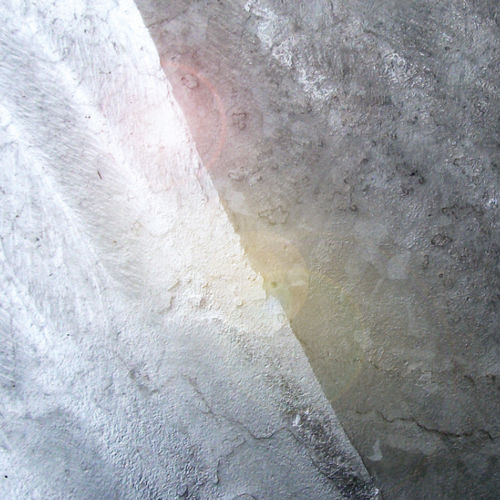
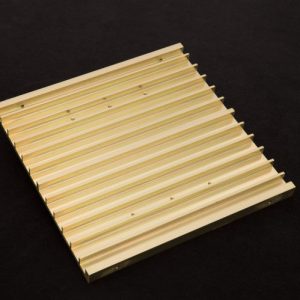
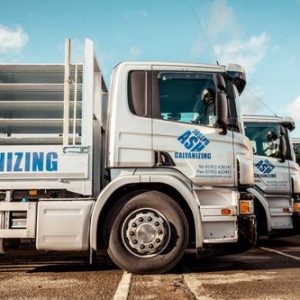
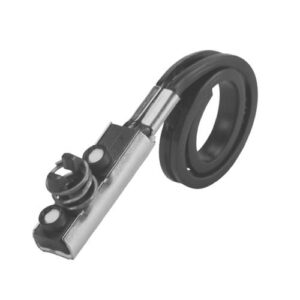
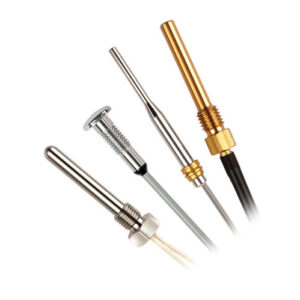
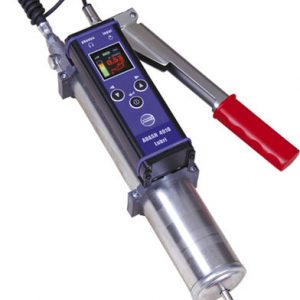
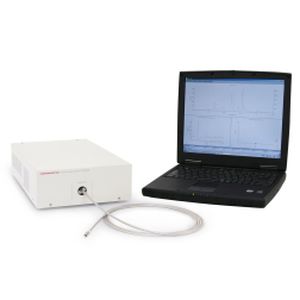
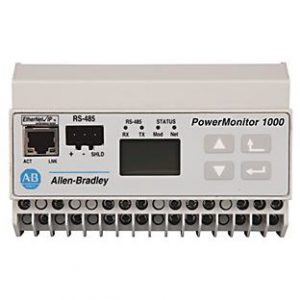
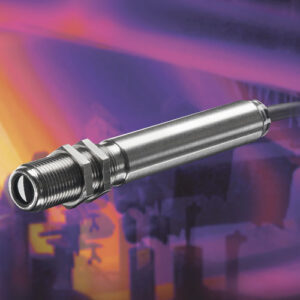
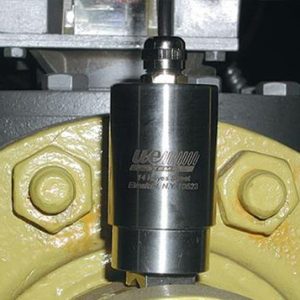
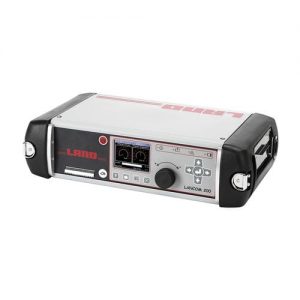
Reviews
There are no reviews yet.